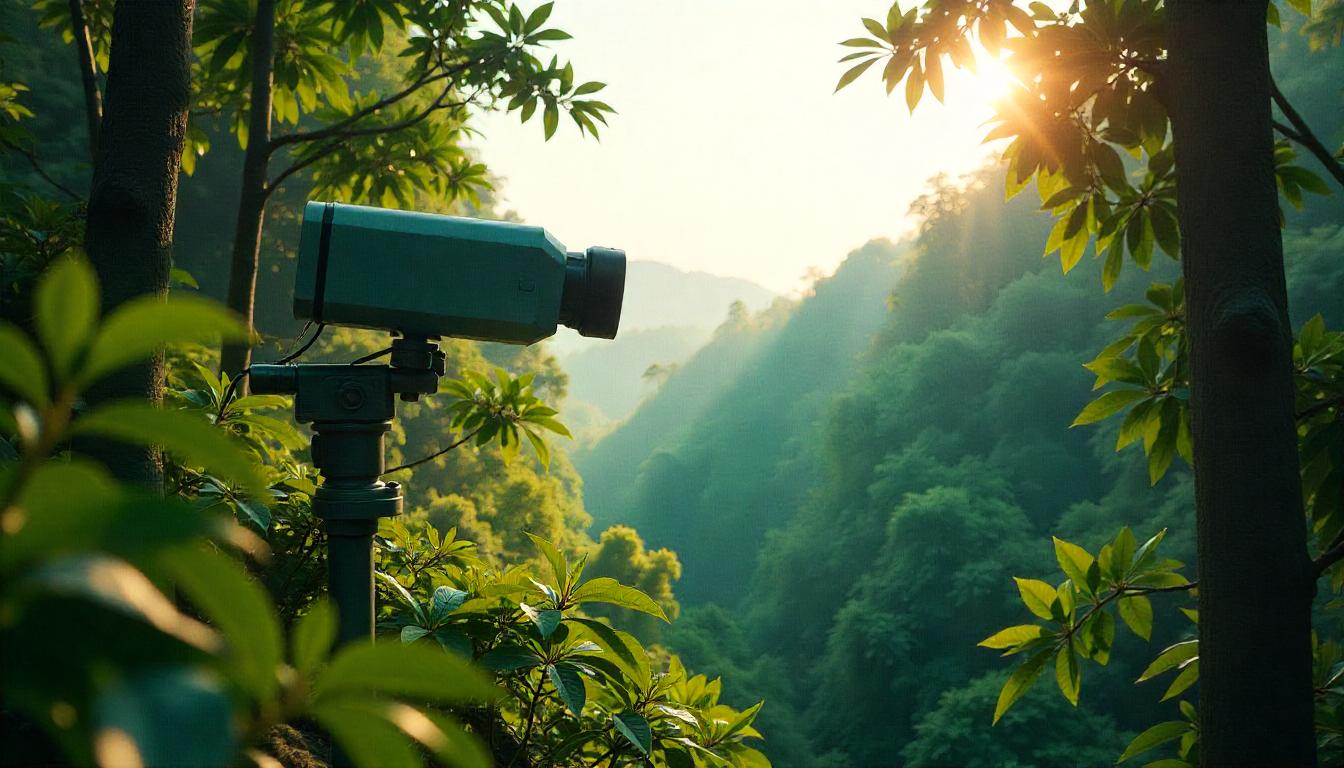AI and the Environment: How Technology is Changing Climate Action
From melting glaciers to record-breaking heatwaves, the signs of climate change are everywhere. Tackling these urgent issues requires innovative tools and smarter ways of working. One of the most promising solutions is Artificial Intelligence (AI)—a technology transforming how we monitor the environment and fight climate change.
The Role of AI in Environmental Monitoring
AI has an incredible talent for analyzing huge amounts of data quickly and spotting patterns humans might miss. When applied to environmental monitoring, this power helps researchers and policymakers understand what’s happening on our planet—and how to respond.
1. Reading Satellite Images
AI systems can sift through satellite images to detect changes in forests, water levels, or urban development. What once took humans days or weeks to analyze can now be done in a fraction of the time. For example, AI can identify illegal deforestation activities, helping conservationists take swift action.
2. Keeping Tabs on Air and Water Quality
AI-driven sensors continuously track pollution levels in the air and water. This real-time information makes it easier for authorities to issue health warnings and enforce environmental laws, protecting both people and ecosystems.
3. Protecting Wildlife
AI is revolutionizing wildlife conservation. Smart algorithms can identify animal species from photos or sounds, helping scientists monitor endangered animals and detect threats like poaching, even in remote areas.
4. Forecasting Extreme Weather
AI contributes to more accurate weather predictions by analyzing complex climate data. This helps communities better prepare for disasters like floods, hurricanes, and droughts, reducing harm to lives and property.
AI’s Contribution to Climate Change Solutions
AI isn’t just for tracking problems—it’s also helping to solve them. Here’s how:
- Energy Efficiency: AI can manage how buildings, factories, and vehicles use energy, lowering greenhouse gas emissions.
- Renewable Energy Management: Machine learning predicts how much power solar panels or wind turbines will generate, helping balance supply and demand on the energy grid.
- Carbon Capture: AI assists scientists in identifying the best places to store captured carbon emissions and improving the technology used to do it.
Challenges to Address
Despite its many benefits, AI’s role in environmental protection faces some challenges:
- Data Gaps: AI needs good data to function well, and in many parts of the world, environmental data is scarce or incomplete.
- Bias Risks: AI systems can reflect biases present in their training data, potentially leading to unfair or inaccurate results.
- Cost and Accessibility: Advanced AI tools can be expensive and require specialized expertise, which not all communities or countries have.
Collaboration among governments, scientists, and tech companies is crucial to ensure AI can be used effectively and fairly worldwide.
Looking Ahead
AI alone won’t solve climate change, but it’s a powerful ally in the fight. By giving us better tools to understand and protect our environment, AI is helping pave the way toward a more sustainable and resilient future.

































